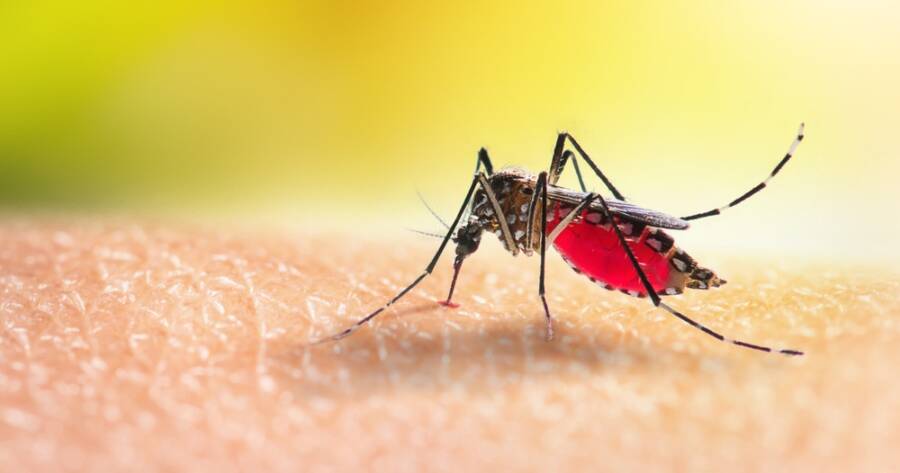Oropouche virus, commonly referred to as “sloth fever,” is an emerging mosquito-borne illness gaining attention in tropical regions. With outbreaks recently reported in several countries, it has become a growing concern for health professionals and travelers alike. The virus spreads primarily through insect vectors and can cause symptoms such as fever, headache, and joint pain. Understanding how Oropouche virus is transmitted and learning preventive measures is key to staying safe.
What is the Oropouche Virus?
The Oropouche virus, commonly referred to as “sloth fever,” is a member of the Orthobunyavirus genus and is primarily found in tropical regions of Central and South America. The virus gets its nickname from its occasional association with sloths, which can harbor the virus, but the primary concern is its impact on humans.
Oropouche virus is a zoonotic pathogen, meaning it can be transmitted from animals to humans, typically through the bite of infected midges, mosquitoes, or ticks. The virus was first identified in Trinidad in the 1950s, and since then, numerous outbreaks have been recorded, particularly in Brazil and other parts of the Amazon basin. While it’s less known than other tropical diseases, the Oropouche virus is becoming increasingly relevant due to its rapid spread and potential to cause widespread illness.
How Is the Oropouche Virus Transmitted?
The primary mode of transmission for the Oropouche virus is through the bite of infected insects, particularly midges of the species Culicoides paraensis. Mosquitoes, specifically those of the Aedes genus, are also known to be potential vectors. The virus is zoonotic, meaning it can be transmitted from animals to humans. It’s important to note that direct human-to-human transmission has not been observed.
Human infections typically occur in areas where these vectors are prevalent, especially during rainy seasons when insect populations surge. People living in or traveling to tropical regions with dense forests and rivers are at a higher risk, especially if they spend a lot of time outdoors or are in areas with inadequate vector control measures.
Symptoms of Oropouche Virus
Symptoms of Oropouche virus infection typically appear within three to 10 days after being bitten by an infected insect. The most common symptoms resemble those of other tropical fevers and include sudden onset of high fever, headache, muscle and joint pain, nausea, and dizziness.
Some patients may also experience a rash, photophobia (sensitivity to light), or neurological symptoms like meningitis in severe cases. These symptoms can last from a few days to several weeks, and while most people recover fully within several days to one month, some may experience lingering fatigue or weakness or develop more serious disease. Because the symptoms of the Oropouche virus overlap with other tropical diseases like dengue or Zika, proper medical evaluation is essential for accurate diagnosis and appropriate treatment.
Diagnosis and Treatment Options
Diagnosing the Oropouche virus can be challenging due to its nonspecific symptoms, which resemble other viral infections such as dengue, chikungunya, and Zika. Healthcare providers typically rely on a combination of clinical evaluation and laboratory tests, such as polymerase chain reaction (PCR) or serological tests, to confirm the presence of the virus.
Currently, there is no specific antiviral treatment for the Oropouche virus. Management focuses on relieving symptoms and providing supportive care. This may include hydration, pain relief, and fever management. In severe cases, hospitalization may be required to monitor and manage complications like meningitis. Early diagnosis and supportive care are crucial to reduce the severity of symptoms and prevent complications.
How to Protect Yourself from Oropouche Virus
Preventing Oropouche virus infection primarily involves minimizing exposure to the insect vectors that transmit the virus. This includes using insect repellent, wearing long-sleeved clothing and pants, and using bed nets or screened enclosures to avoid insect bites, especially in high-risk areas.
Reducing standing water around homes and communities can help eliminate breeding sites for mosquitoes and midges. In areas with frequent outbreaks, vector control programs may be implemented to reduce insect populations. For travelers, staying in accommodations with air conditioning or screened windows and doors can provide additional protection. Awareness of local outbreaks and following public health advice are crucial for staying safe from this emerging virus.
Stay Up To Date About the Oropouche Virus
The Oropouche virus, or “sloth fever,” poses a growing threat in tropical regions, and understanding how it spreads, its symptoms, and prevention methods is key to protecting yourself and your loved ones. Staying informed about emerging diseases helps you take proactive measures to minimize risks.
While there is no specific treatment, early diagnosis, and supportive care can significantly improve outcomes. Continue to educate yourself on the latest information and follow public health guidelines to stay safe from this and other vector-borne diseases.




